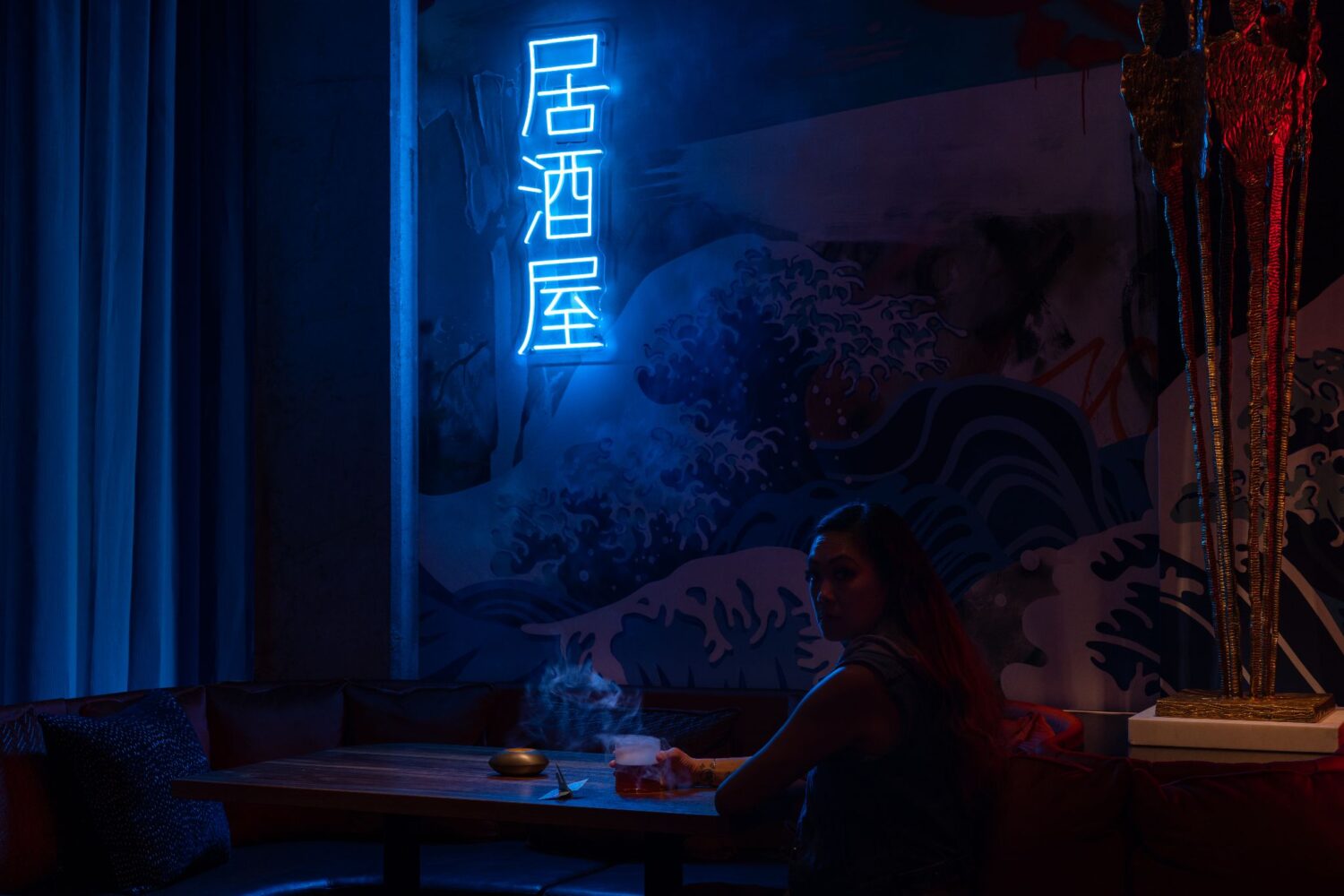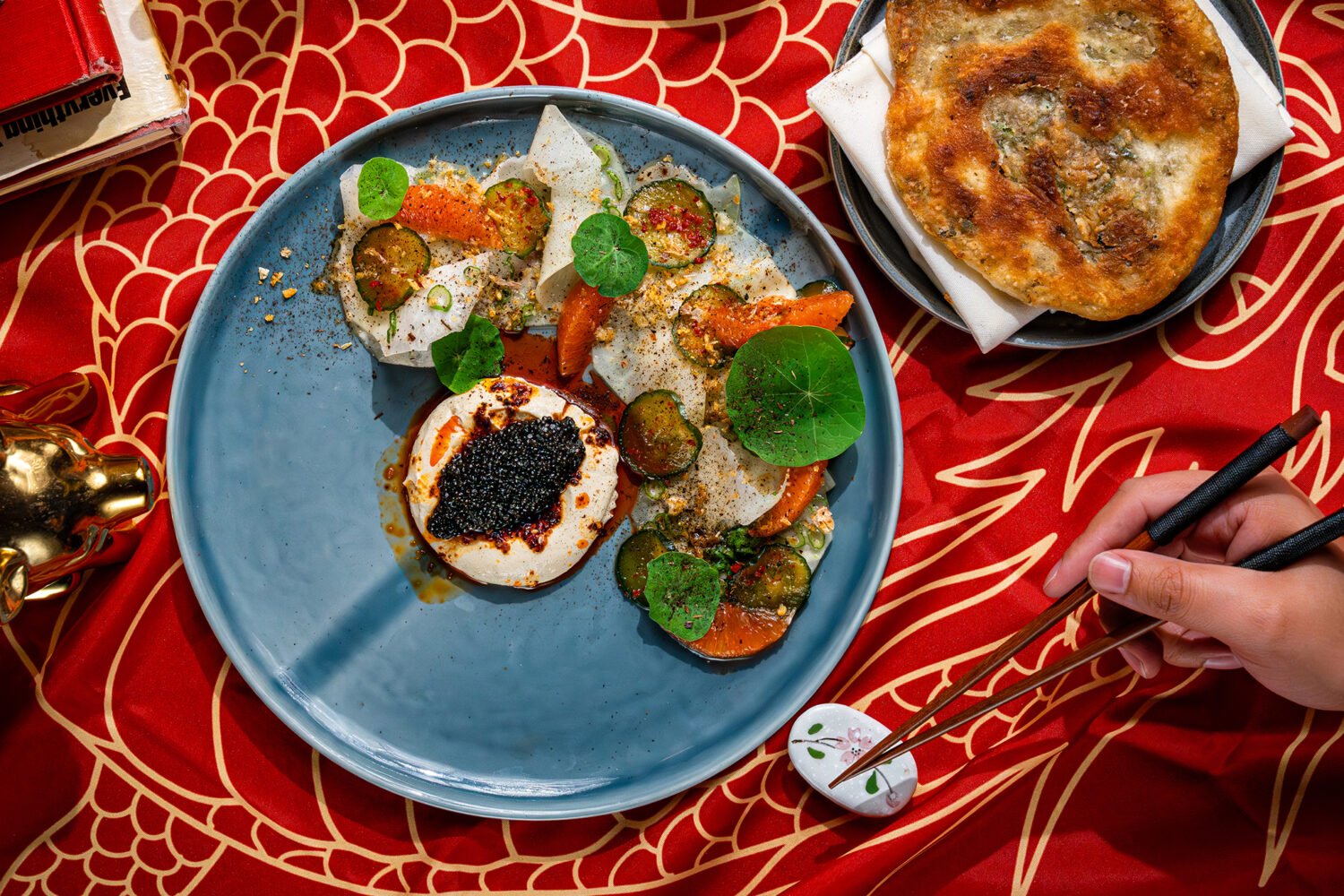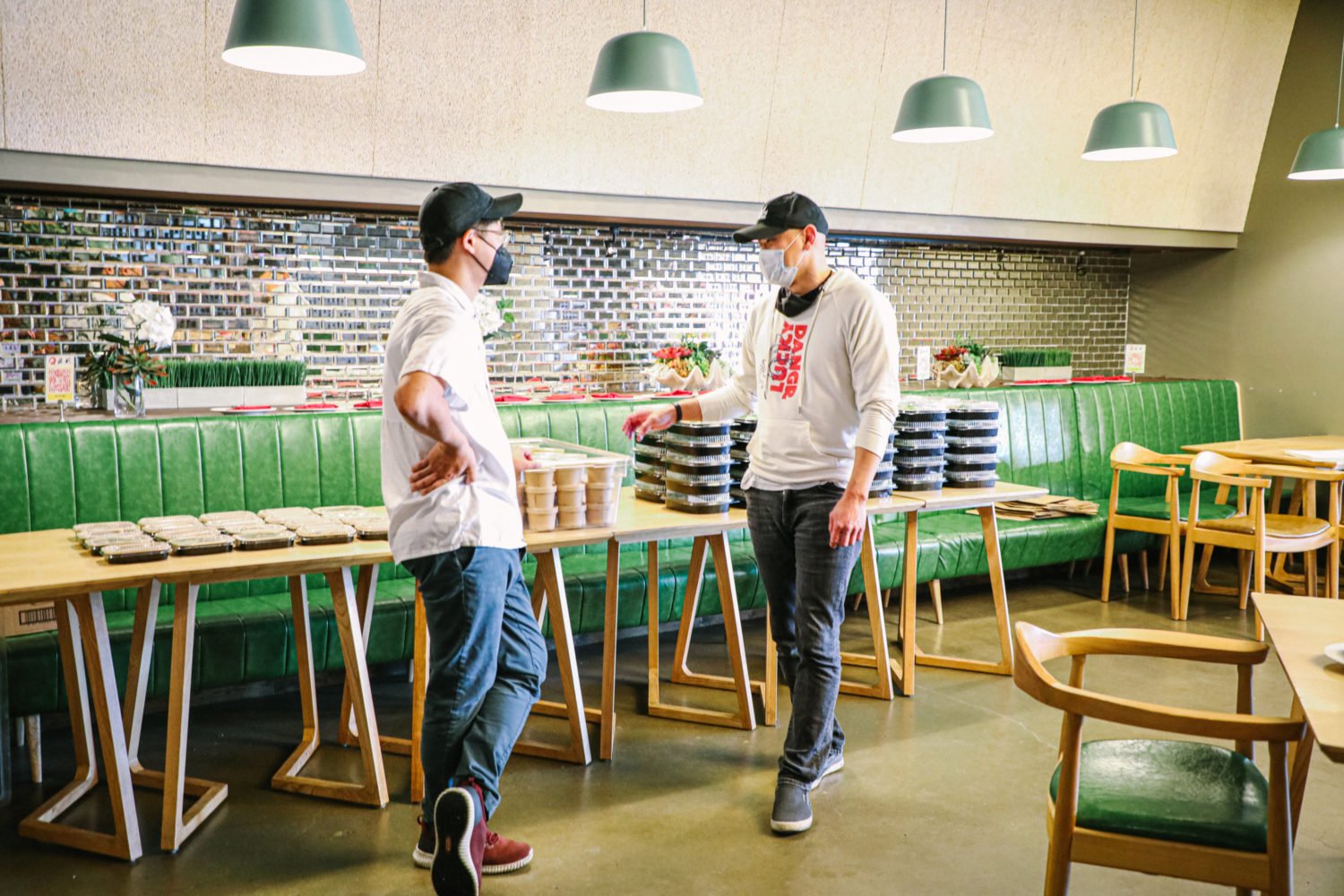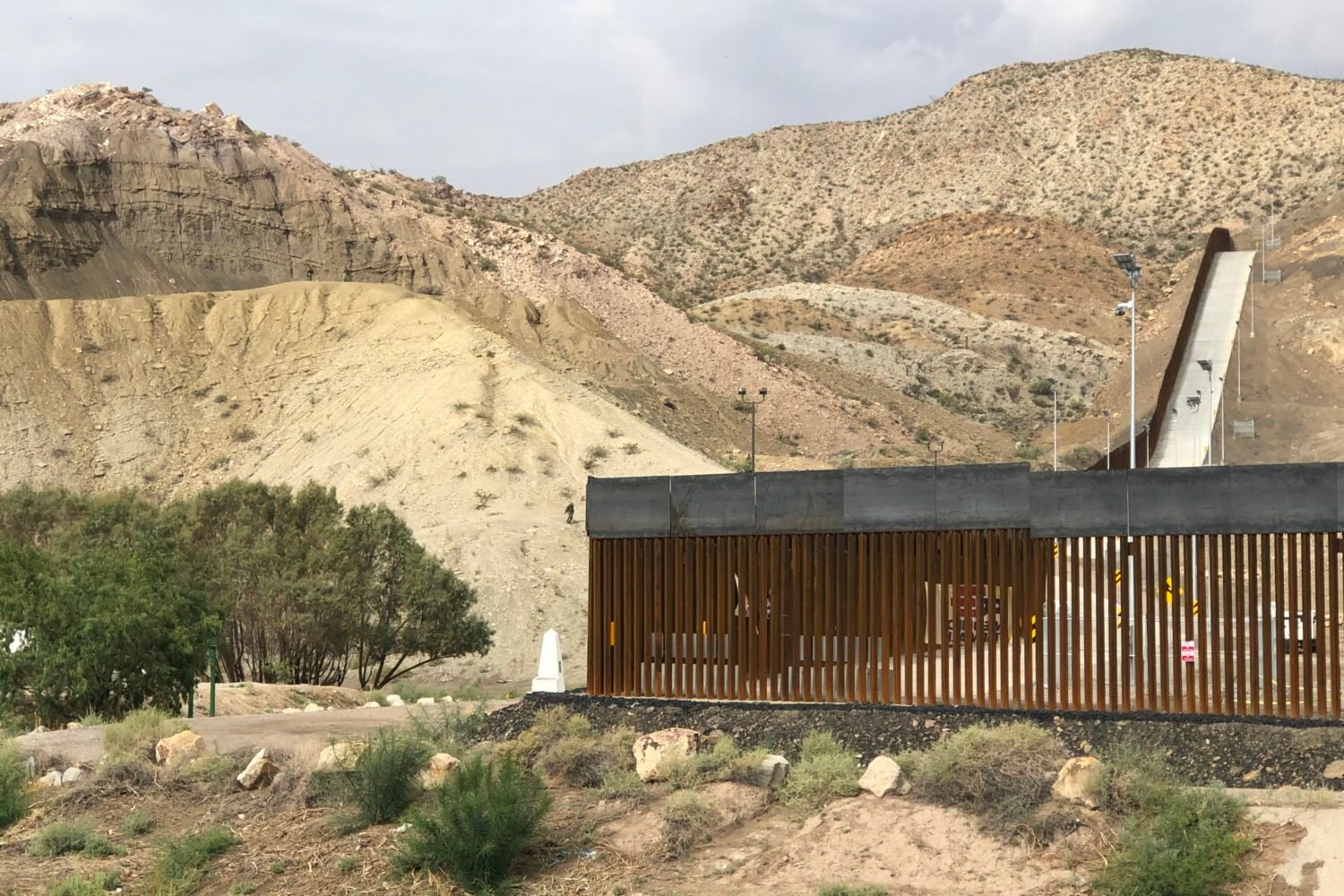Pati Jinich has her own way of welcoming a visitor into her home: “I’m just going to give you a lot of food,” she says. Jinich proceeds to zip around her Chevy Chase house’s kitchen, a room instantly familiar to viewers of her hit PBS cooking show, Pati’s Mexican Table. Soon cast-iron pans are asizzle, and she hands over a platter overflowing with chicken milanese, risotto, beans, homemade salsa. “Eat!” she says.
The cozy space feels like a regular high-end kitchen, not a TV-show set. The program isn’t currently in production, so no studio lights or cables are in sight. But Jinich is having a busy fall. This month sees the publication of her third cookbook, Treasures of the Mexican Table. She also has a new PBS show, called La Frontera. The two-part special (with more to come) highlights life along the US/Mexico border through portrayals of artists, cooks, ranchers, and a host of immigrants who live there—not just American and Mexican but Lebanese, Syrian, Japanese, and Jewish.
Jinich’s own grandparents were European Jews who settled in Mexico after escaping pogroms and the Holocaust. She grew up in Mexico City, then moved to Dallas in 1997 with her husband, businessman Daniel Jinich. They came to DC four years later, and Jinich earned a master’s in Latin-American studies at Georgetown before getting a job at a think tank. Her side interest in food turned into a career when she started giving cooking lessons at the Mexican Cultural Institute, then got WETA onboard for a food show, which launched in 2011 and is now seen around the country.
These days, Jinich has an unusual dual life as a DC mom (she’s a Georgetown Day School parent who once claimed to eat 2 Amys pizza twice a week) and a culinary star (that bit about 2 Amys came from an appearance on Food Network). Her down-to-earth sensibility was helpful in putting together La Frontera. “I’m a Mexican, Jewish, immigrant woman,” says Jinich, who avoids getting overtly political on the show. “It’s pretty clear where I stand. I’ve been trying to break misconceptions about Mexicans, and the borderlands are even more misunderstood. I want to show how this is a place where people are living their daily lives.”
Jinich has been surprised to find that some people who praise her recipes on social media are Trump fans. “You click their profile and they’re like ‘Build the wall! No more Mexicans!’ ” she says. In some ways, those are the people she wants to reach. “If they watch my show, they have to hear my accent. I’m showcasing the beauty of Mexico. I’m an immigrant. So take that: You’re loving a Mexican and you’re loving tacos. That’s soft power.”
This article appears in the December 2021 issue of Washingtonian.



















